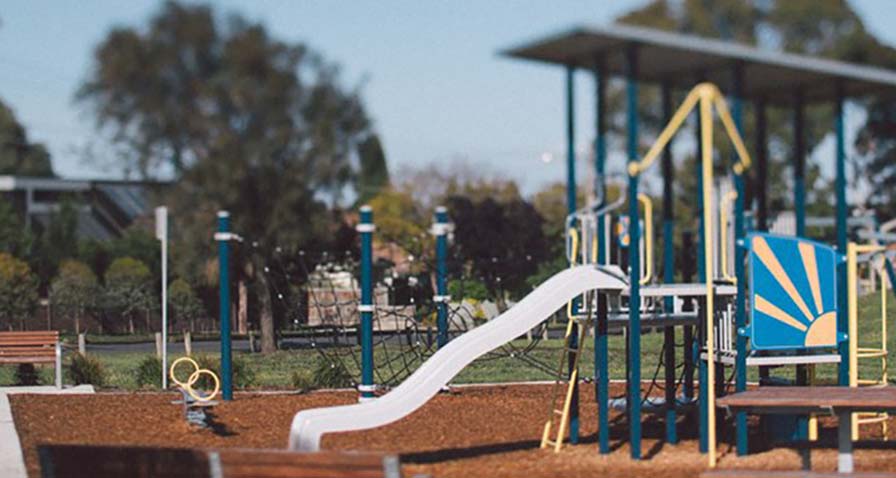Originally published July 31, 2019 in Education Dive.
By Shawna De La Rosa
But recess, which is considered “unstructured physical activity and play,” is not the same as physical education, and the Centers for Disease Control and Prevention recommends students are allowed at least 20 minutes of recess per day at the elementary school level.
 Nationwide, legislation is being introduced to protect students’ free time on the playground. Thirteen states already have some sort of recess requirement, and a bill proposed in the Connecticut General Assembly would require at least 50 minutes of undirected play time each day.
Nationwide, legislation is being introduced to protect students’ free time on the playground. Thirteen states already have some sort of recess requirement, and a bill proposed in the Connecticut General Assembly would require at least 50 minutes of undirected play time each day.
Schools that have already implemented more recess time are finding the results promising.
In Forth Worth, for example, one school now has four 15-minute periods of recess per day instead of one 20-minute session, and teachers report a 25-35% decrease in off-task behaviors. In Wisconsin, the state education department has implemented Core 4+ that promotes opportunities to keep students moving throughout the school day.
A CDC report states that active, healthy students do better academically and behaviorally, in addition to having better cognitive skills and attitudes. It also states that schools have the ability to influence healthy eating and physical activity patterns. And students who have healthy habits tend to build strong communities.
Dive Brief:
- In the wake of the No Child Left Behind Act’s increased emphasis on standardized testing accountability two decades ago, schools cut back in a number of areas to make room for most test prep — and one of the easiest areas to cut back on was recess.
- One study finds an average of about 50 minutes per week were cut from students’ recess time nationwide after No Child Left Behind was implemented, but the American Academy of Pediatrics says recess has physical, social, emotional and cognitive benefits.
- Recess is beginning to make a comeback in some states, with five requiring that students get at least 20 minutes of recess a day and Arizona mandating two recess periods daily.
Seeking IHT Spirit System information?




